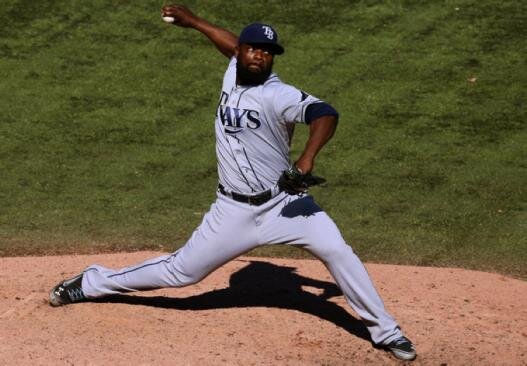
We still get asked about ankle taping and braces, which are a fantastic way to increase stress on the knee and cause longer term damage, if you’re looking for that sort of disaster. These methods take away the movement of a joint designed for mobility; hence the ball and socket design of the ankle. The result is more stress on the next joint, the knee, which is a hinge joint positioned more for stability to prevent freedom of movement. The second major rationale for optimizing ankle range of motion is to improve your shin angle.
Your shin angle refers to the orientation of the lower leg relative to the ground. You want to direct this shin position towards the desired direction of movement. It seems pretty simple and intuitive, but if this aspect is overlooked, your movement is not very direct and possibly dangerous. We’ll start with the example of a pitcher. As an athlete loads down on one leg to start his windup, he then drives out directly towards home plate to transfer his force laterally, almost throwing his body and its energy forward.
The start position of a sprint involves the same concept, positioning the shin angle forward to allow maximize force production in the opposite direction of desired movement. So the more you drive backwards, transmitting through that shin angle, the more you drive forward. The more force you put down or back, the more you’ll get in the opposite direction. While we cannot take credit for discovering this 3rd law from Issac Newton, it is so important for us to daily monitor athletes’ force production in all directions as it underlies all athletic movement.
One similar aspect of all sport movements is that the initial loading is primarily vertical, down into the ground, before redirecting the shin angle, and thus your movement, towards the desired direction. Think of your movement load or descent like the gas pedal generating the necessary speed and your shin angle like a steering wheel for guidance.
So many of our overhead athletes, quarterbacks and pitchers, must drive out of that back leg laterally to generate more velocity to the ball and bat. But sprinting or shuffling fails to emphasize this plane so we use the slideboard shown below in the video. You’ll notice the execution is not traditional by picking up the feet, but rather emphasizes the maintenance of lateral shin angles for optimal force production.
So there are really 2 ways to produce more powerful movements in your sport:
Get stronger – more force production
Improve technique – more efficient shin angles
Are you missing out on one or both of these opportunities to get better?